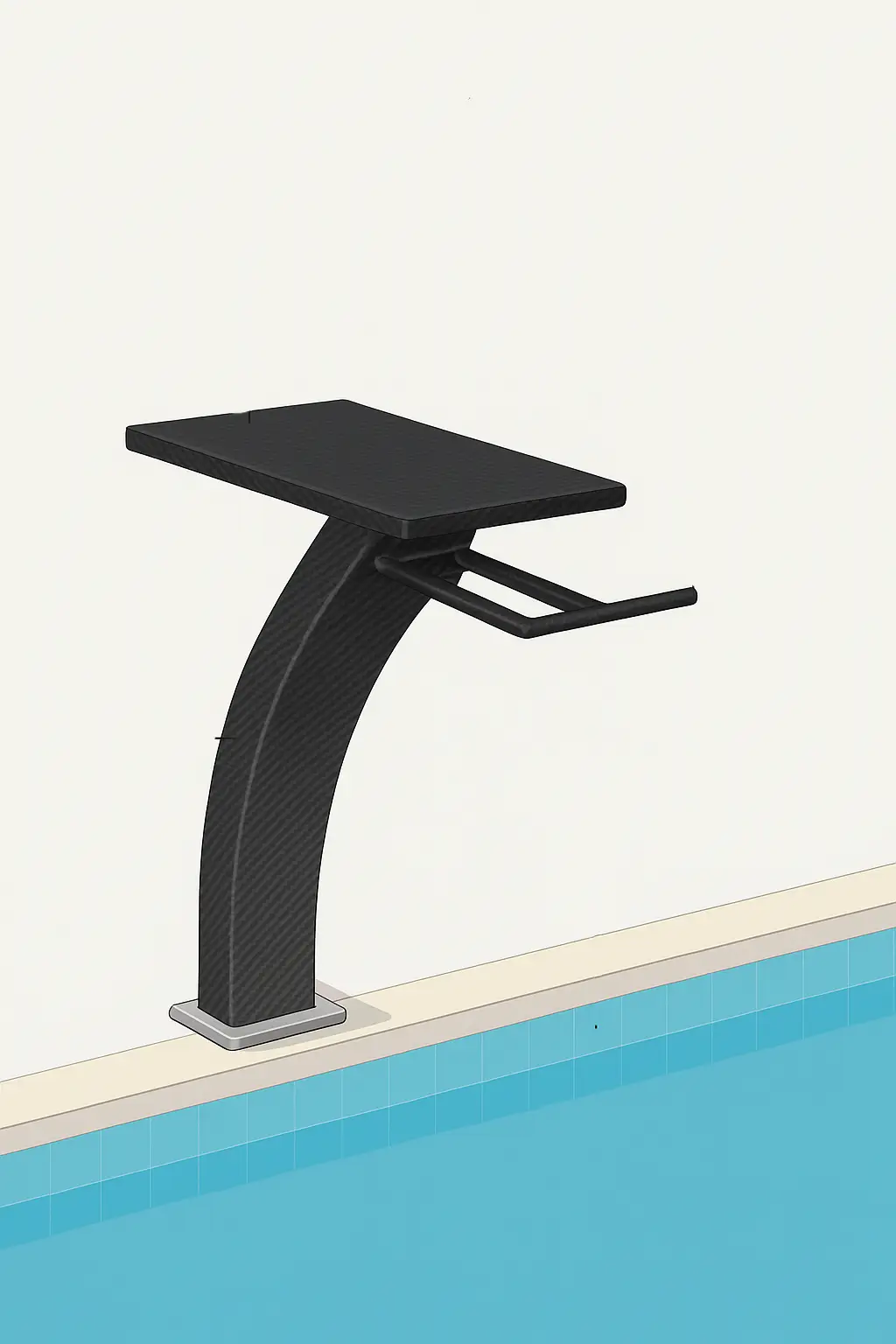
Diving is a sport that requires high skill and courage, and the diving board, as a crucial piece of equipment, must ensure safety and stability. In recent years, carbon fiber, a high-performance material, has increasingly been used in the design of diving boards, providing reliable support for athletes.
Carbon fiber is a material known for its high strength, lightness, and corrosion resistance. Compared to traditional materials like steel or aluminum, carbon fiber can significantly reduce the weight of the diving board while maintaining the same load-bearing capacity. Its light weight makes installation and adjustment more convenient and reduces the pressure on the foundation.
Additionally, carbon fiber's high stiffness and shock-absorbing capabilities allow the diving board to maintain stability during athletes' jumps and landings. Carbon fiber is resistant to corrosion from chlorinated water or moisture, greatly extending the lifespan of the diving board. Furthermore, modern surface treatments can make carbon fiber non-slip, ensuring the safety of athletes during takeoff.
Finally, carbon fiber allows designers to create diving boards with smooth, ergonomic shapes, providing not only durability and strength but also comfort during use.
In conclusion, the use of carbon fiber in diving boards makes them lighter, stronger, and safer, while also providing opportunities for further innovation in sports facilities.
